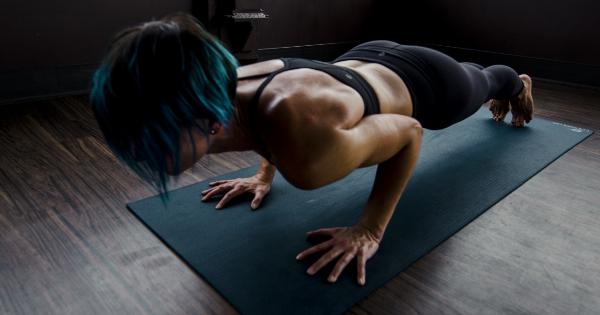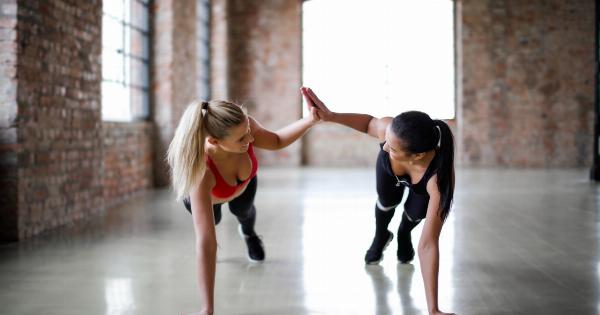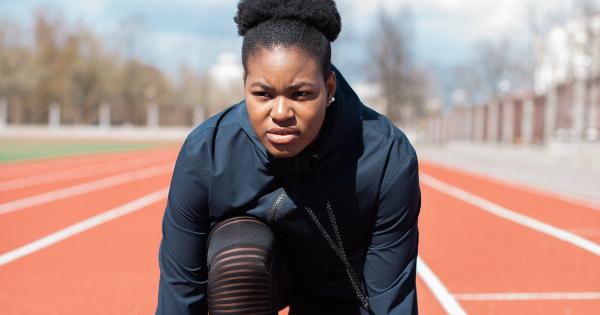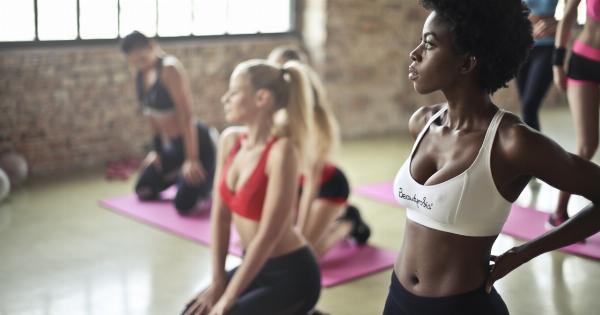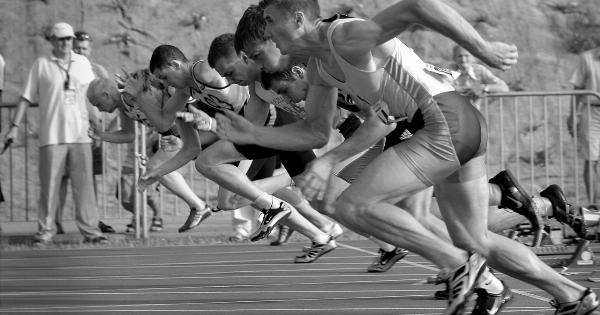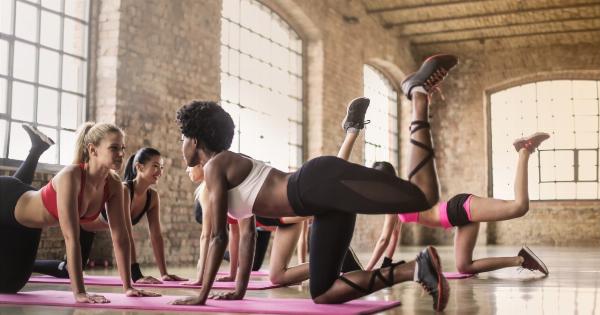Regular exercise is essential for maintaining good health and staying fit. However, it is important to prioritize safety while working out to prevent injuries that can hinder your progress and derail your fitness goals.
By following these exercise safety tips, you can minimize the risk of accidents and maximize the benefits of your workouts.
1. Warm Up Properly
Before diving into any strenuous activity, it is crucial to warm up adequately. Warm-ups increase blood flow, raise your body temperature, and loosen your muscles, preparing them for the workout ahead.
Start with light cardio exercises such as walking or jogging, combined with dynamic stretches to activate your major muscle groups.
2. Wear Appropriate Attire
Choosing the right workout attire is not just about looking stylish—it can significantly impact your safety during exercise. Opt for comfortable clothing that allows for a full range of motion.
Wear shoes designed specifically for your chosen activity to provide proper support, stability, and impact absorption.
3. Use Proper Equipment
Whether you’re hitting the gym or exercising at home, make sure to use appropriate equipment that is well-maintained and fits your body correctly.
Whether it’s dumbbells, resistance bands, or gym machines, ensure that they are in good working condition and adjusted to your size and abilities. Using the wrong equipment or one that is ill-suited for your needs can lead to accidents or ineffective workouts.
4. Gradually Increase Intensity
It’s tempting to push your limits, especially when you first start an exercise program. However, it is important to progress gradually to avoid overexertion and injury.
Increase the intensity and duration of your workouts slowly over time, allowing your body to adapt to the stress. This approach helps build strength and endurance while minimizing the risk of strain or sprains.
5. Maintain Proper Form
Proper form is crucial for maximizing the effectiveness of your exercises and minimizing the risk of injury. Whether you’re lifting weights or performing bodyweight exercises, focus on maintaining correct posture, alignment, and technique.
If you’re unsure about the proper form for a particular exercise, consult a qualified fitness professional to guide you.
6. Stay Hydrated
Hydration is vital before, during, and after your workout. Dehydration can decrease your performance, lead to muscle cramps, and even cause dizziness or fainting.
Drink water regularly before and after exercise and consider sipping on fluids during longer workouts. If you’re engaging in intense or prolonged physical activity, sports drinks can be beneficial in replenishing electrolytes.
7. Listen to Your Body
Your body communicates with you, and it’s crucial to pay attention to the signals it sends.
If you experience pain, dizziness, shortness of breath, or any other unusual symptoms during exercise, stop immediately and seek medical attention if needed. Pushing through discomfort or ignoring warning signs can exacerbate injuries and prolong recovery time.
8. Incorporate Rest Days
While regular exercise is essential, so is giving your body adequate time to rest and recover. Overtraining can lead to fatigue, decreased performance, and an increased risk of injury.
Schedule rest days in your workout routine to allow your muscles to repair and rebuild. During rest days, engaging in low-impact activities such as walking or stretching can aid in recovery.
9. Pay Attention to Environmental Factors
Whether you’re exercising indoors or outdoors, it is important to consider the environmental conditions to ensure your safety. If you’re working out outdoors, be mindful of weather conditions such as extreme heat, cold, or high humidity.
Dress appropriately, apply sunscreen, and stay hydrated. When exercising indoors, ensure proper ventilation and temperature control to avoid overheating or discomfort.
10. Seek Professional Guidance
If you’re new to exercise or unsure about proper techniques and routines, seeking guidance from a qualified fitness professional can be highly beneficial.
They can help you design a safe and effective workout program tailored to your goals and abilities. They will also educate you on proper form, exercise progression, and provide valuable tips to prevent injuries during workouts.




